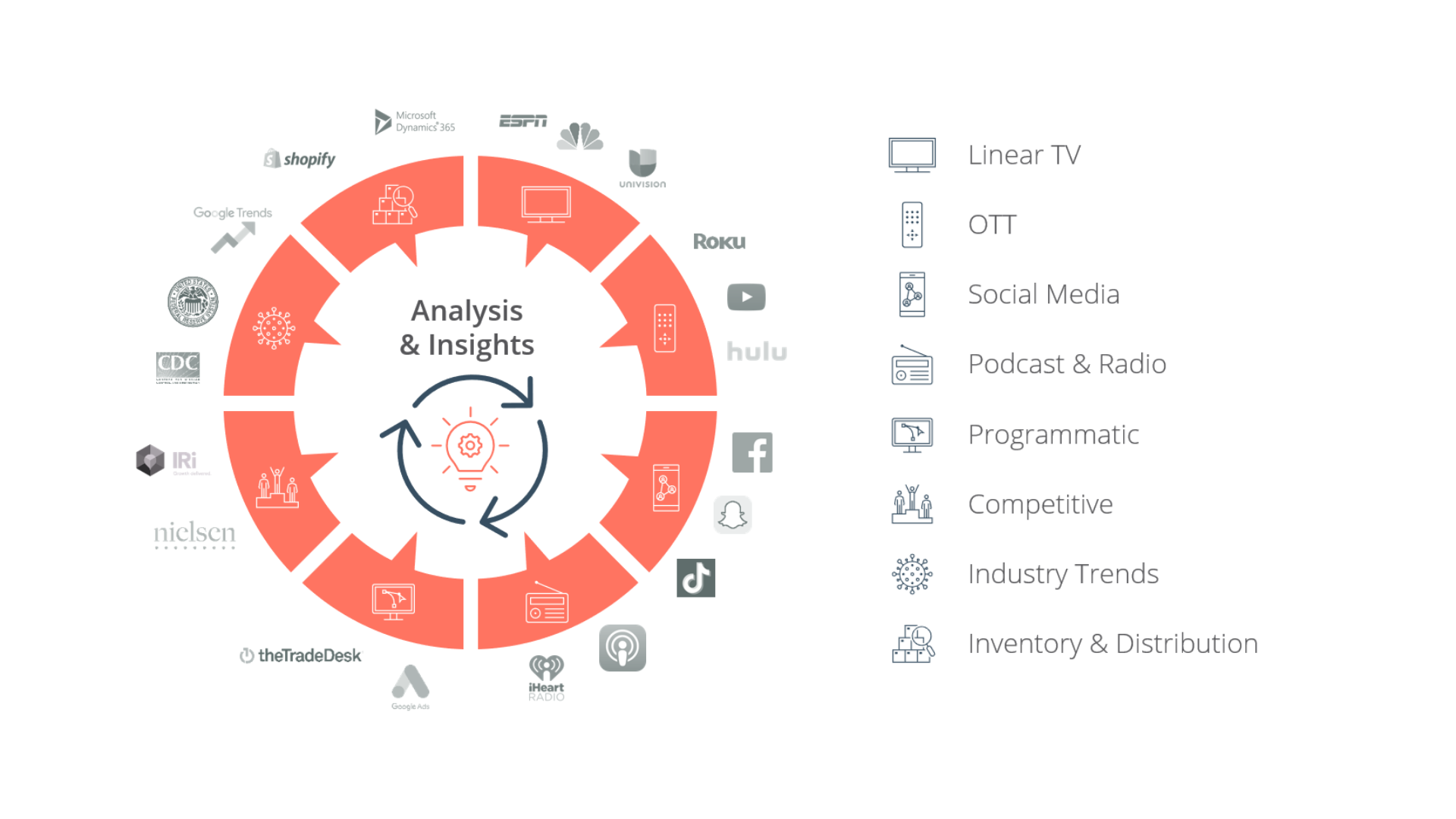Marketing analytics empowers businesses to make data-driven decisions, but its effectiveness is enhanced when it considers the broader macroeconomic context. Macroeconomics focuses on the study of national economies, including factors such as GDP, inflation, employment rates, and consumer confidence. Understanding the interplay between macroeconomics and marketing analytics enables marketers to identify trends, anticipate consumer behavior, and tailor their strategies accordingly. In this article, we explore the significance of macroeconomics in marketing analytics and how it influences decision-making processes.
Macroeconomic Factors and Consumer Behavior
Macroeconomic indicators influence consumer behavior, impacting purchasing power, consumer sentiment, and overall market demand. For example, during periods of economic growth, consumers tend to have higher disposable income, leading to increased spending. Conversely, during economic downturns or recessions, consumers may become more cautious with their spending, focusing on essential purchases. Understanding these trends allows marketers to adapt their messaging, pricing, and product strategies to align with consumer preferences and economic realities.

Market Dynamics and Macroeconomic Factors
Macroeconomic factors also shape market dynamics, affecting industry competitiveness, market size, and overall business environment. For instance, changes in interest rates can impact borrowing costs for businesses and consumers, influencing investment decisions and purchase behavior. Inflation rates can affect pricing strategies, supply chain costs, and consumer purchasing power. By considering macroeconomic factors in marketing analytics, businesses can better assess market opportunities, evaluate competitive landscapes, and devise effective strategies to gain a competitive edge.
Leveraging Macroeconomic Data in Marketing Analytics
Integrating macroeconomic data into marketing analytics provides valuable insights for strategic decision-making. Here are some key ways to leverage macroeconomic data:
- Market Segmentation: Analyzing macroeconomic factors allows businesses to identify and target specific consumer segments based on their economic characteristics. For example, targeting high-income segments during periods of economic growth or adjusting product offerings for cost-conscious consumers during economic downturns.
- Pricing Strategies: Macroeconomic data helps businesses evaluate pricing strategies in line with inflation rates, consumer purchasing power, and market conditions. Adapting pricing structures based on economic indicators can enhance competitiveness and maximize revenue.
- Forecasting and Planning: Macroeconomic data aids in forecasting future market trends and demand. By incorporating macroeconomic variables into predictive models, businesses can anticipate changes in consumer behavior and adjust marketing strategies accordingly.
- Campaign Optimization: Analyzing macroeconomic factors alongside marketing campaign data provides insights into the effectiveness of campaigns in different economic environments. This analysis helps identify successful marketing tactics and enables marketers to optimize campaigns for maximum impact.
Adapting to Changing Economic Landscapes
The economic landscape is dynamic, with macroeconomic conditions fluctuating over time. Marketers need to monitor and adapt to these changes to ensure continued success. Regularly updating macroeconomic data in marketing analytics allows businesses to detect emerging trends, anticipate shifts in consumer behavior, and make timely adjustments to marketing strategies. This flexibility ensures that marketing efforts remain aligned with the economic realities of the target market.
Macroeconomics and marketing analytics are deeply interconnected, with macroeconomic factors significantly influencing consumer behavior and market dynamics. By incorporating macroeconomic data into marketing analytics, businesses gain a comprehensive understanding of the economic context in which they operate. This knowledge empowers marketers to make informed decisions, optimize strategies, and adapt to changing market conditions. By leveraging the insights provided by macroeconomics, businesses can navigate the complexities of the economic landscape, drive growth, and stay ahead of the competition in today’s dynamic marketplace.